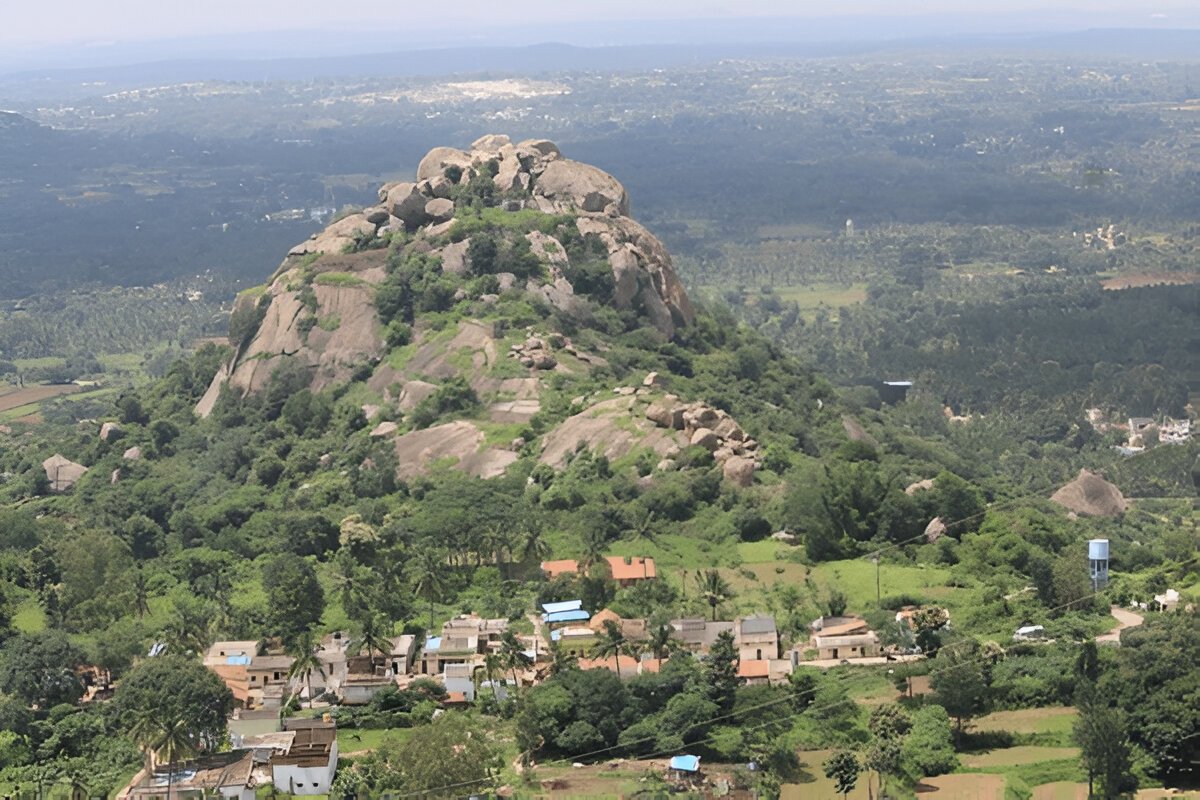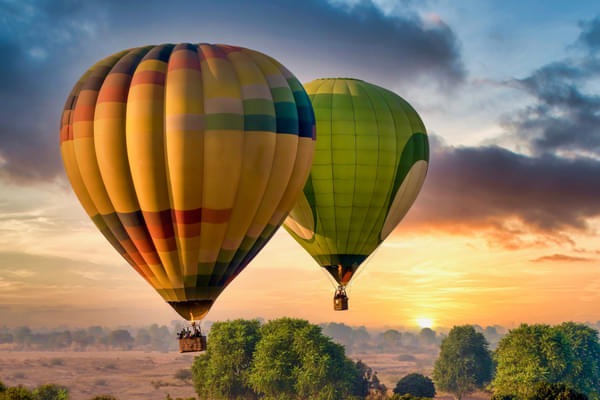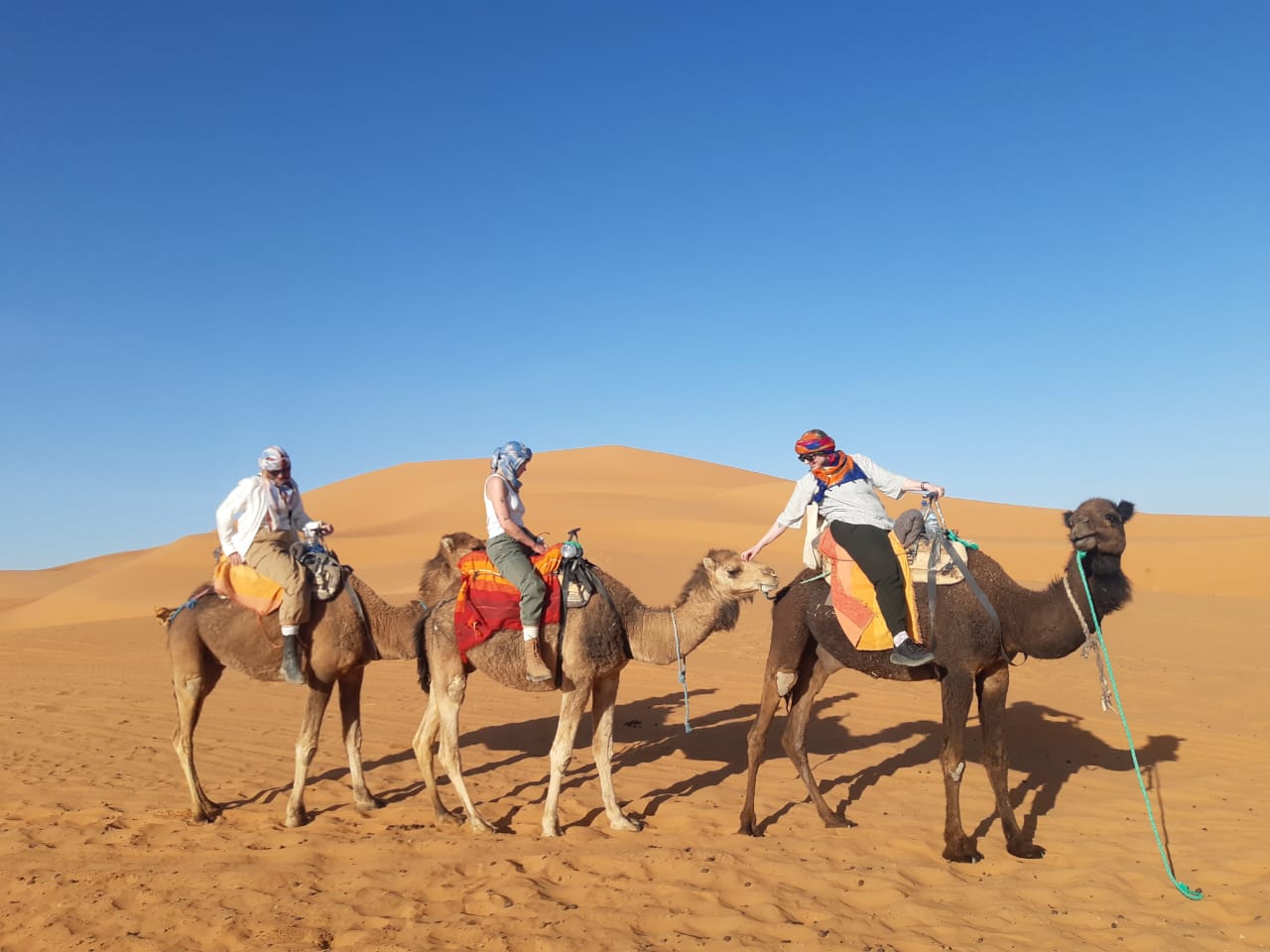Discovering Beng Mealea: Siem Reap’s Ancient Wonder

Siem Reap is best known as the gateway to Angkor Wat, a UNESCO World Heritage Site that attracts millions of tourists each year. However, just an hour’s drive east of the bustling city lies another equally captivating, though lesser-known, gem of Cambodia’s rich cultural history: Beng Mealea. Known as the “Lotus Pond Temple,” Beng Mealea is a sprawling, jungle-covered temple complex that invites adventurers and history enthusiasts alike to step back in time to a world long forgotten.
In this article, we will delve into the mystique of Beng Mealea, exploring its architecture, historical significance, and the experience of visiting this hidden treasure. We’ll also provide practical tips for those planning to include Beng Mealea Siem Reap in their Siem Reap itinerary.
A Hidden Gem in Siem Reap
While Angkor Wat has long been the star attraction in Cambodia’s archaeological landscape, Beng Mealea offers an experience that is altogether more tranquil, mysterious, and untamed. Situated about 40 kilometers (25 miles) from the main Angkor park area, the temple remains off the main tourist trail. This makes it the perfect destination for those looking to escape the crowds and connect with a more remote and atmospheric setting.
Built during the early 12th century under King Suryavarman II, the same ruler responsible for Angkor Wat, Beng Mealea was once a significant religious and cultural hub. Today, it stands largely in ruins, its stones entangled with thick tree roots and overgrown vegetation. Unlike Angkor Wat, which has been meticulously restored over the years, Beng Mealea has been left in a state of natural decay, giving visitors a raw and authentic glimpse of Cambodia’s ancient past.
The History of Beng Mealea
Although little is known about the exact purpose of Beng Mealea, historians believe that it was either a Hindu or Buddhist temple, similar to the larger temples in the Angkor complex. Its layout and architectural style closely resemble those of Angkor Wat, though Beng Mealea was likely dedicated to Vishnu, one of the principal deities in Hinduism.
One of the most fascinating aspects of Beng Mealea is that it may have served as a prototype for Angkor Wat. The temple is thought to have been a test site where architects and builders experimented with designs and construction techniques before embarking on the grander project of Angkor Wat. However, unlike Angkor Wat, Beng Mealea was not preserved in the same way, and it succumbed to the encroaching jungle over the centuries.
The temple was rediscovered in the early 20th century, but it wasn’t until the 1990s that it became more accessible to visitors. For years, the site was difficult to reach due to Cambodia’s tumultuous political situation and the presence of landmines in the area. Today, the temple is safe to visit, though it remains a relatively secluded and wild destination compared to more touristy sites in Siem Reap.
Architecture and Layout of Beng Mealea
Beng Mealea covers an area of over one square kilometer, making it one of the largest temples in the Angkor region. Its design follows the traditional Khmer temple-mountain style, symbolizing Mount Meru, the center of the universe in Hindu and Buddhist cosmology. The temple is encircled by a wide moat, and its inner sanctuaries are laid out in a cruciform shape, similar to Angkor Wat.
The temple is constructed primarily from sandstone, and its walls are adorned with intricate carvings that depict scenes from Hindu mythology, including episodes from the Ramayana and Mahabharata. However, many of these carvings have been damaged or worn away over time, adding to the temple’s sense of antiquity and mystery.
One of the most striking features of Beng Mealea is its state of disrepair. Unlike other temples that have been carefully restored, Beng Mealea has been left in its collapsed state, with large sections of the structure crumbled into piles of stone. Enormous tree roots snake through the temple’s ruins, prying apart walls and engulfing entire structures in a way that makes the site feel like something out of a movie. This gives visitors the unique experience of exploring a temple that feels almost as ancient as the jungle itself.
Visitors can walk along wooden platforms that have been constructed to allow safe passage through the temple’s ruins, though some areas require clambering over piles of rocks and navigating narrow corridors. This element of adventure is one of Beng Mealea’s most appealing aspects, making it feel like an Indiana Jones-style expedition into the heart of an ancient civilization.
Exploring Beng Mealea: What to Expect
Visiting Beng Mealea is a completely different experience compared to the more popular temples of Angkor Wat and Bayon. The atmosphere here is peaceful and serene, and there’s a sense of discovery as you wander through the ruins. While some parts of the temple have been made accessible through the construction of walkways, much of the site remains wild and overgrown, offering the opportunity to explore at your own pace.
Upon entering the temple, visitors are greeted by towering stone walls that have been overtaken by the jungle. Tree roots cascade down the sides of the temple like waterfalls of wood, while moss and lichen coat the surfaces of the ancient stone blocks. Sunlight filters through the dense canopy of trees, casting dappled shadows on the ground, adding to the mystical ambiance.
One of the most enjoyable aspects of visiting Beng Mealea is the freedom to explore. Unlike Angkor Wat, where certain areas are roped off or heavily monitored, Beng Mealea feels more relaxed. You can wander through the ruins, climb over the fallen stones, and peer into dark corridors without the constraints of a highly controlled tourist experience.
However, this freedom also comes with some precautions. The temple’s ruins can be unstable in places, and visitors are advised to watch their step, especially when climbing over uneven terrain. Good walking shoes and plenty of water are essential for navigating the site.
How to Get to Beng Mealea from Siem Reap
While Beng Mealea is located about 70 kilometers (43 miles) from Siem Reap, the journey to the temple is relatively straightforward. Most visitors opt to hire a private car or tuk-tuk for the day, as public transportation options are limited. The drive takes around 1.5 to 2 hours, depending on traffic and road conditions.
The route to Beng Mealea passes through scenic Cambodian countryside, offering a glimpse of rural life along the way. Small villages, rice paddies, and the occasional temple dot the landscape, making the journey itself an enjoyable part of the experience.
For those looking to explore more remote temples, Beng Mealea can be combined with a visit to Koh Ker, another lesser-known archaeological site located about 60 kilometers (37 miles) northeast of the temple. Koh Ker was once the capital of the Khmer Empire and features a unique pyramid-shaped temple known as Prasat Thom.
When to Visit Beng Mealea
Like most attractions in Siem Reap, the best time to visit Beng Mealea is during the dry season, which runs from November to March. During this period, the weather is cooler and more pleasant, with lower humidity and less chance of rain. The dry season also makes it easier to explore the temple’s ruins, as the paths are less likely to be muddy or slippery.
That being said, Beng Mealea can be visited year-round, and the temple takes on a different character during the rainy season. The jungle becomes lush and green, and the temple’s moat is often filled with water, creating a more atmospheric and mystical setting. However, visitors should be prepared for muddy conditions and the possibility of rain during this time.
Why Visit Beng Mealea?
Beng Mealea offers a unique and unforgettable experience for those looking to explore Cambodia’s ancient temples beyond the well-trodden paths of Angkor Wat. Its combination of untamed nature, crumbling ruins, and a sense of adventure makes it one of the most fascinating and atmospheric temples in the region.
For history enthusiasts, Beng Mealea provides a glimpse into the architectural experimentation and religious significance of the Khmer Empire. For adventurers, it offers the thrill of exploring a temple that feels as though it has been forgotten by time, reclaimed by the jungle, and left to decay in the Cambodian wilderness.
In contrast to the more touristy and crowded sites in Siem Reap, Beng Mealea is a place where you can truly immerse yourself in the mystery and beauty of Cambodia’s ancient past. Whether you’re drawn to its history, architecture, or simply the sense of solitude it offers, a visit to Beng Mealea is sure to be a highlight of any trip to Siem Reap.
Practical Tips for Visiting Beng Mealea
-
Entry Fees: The entrance fee to Beng Mealea is around $5 USD, separate from the Angkor Archaeological Park ticket. Tickets can be purchased at the site’s entrance.
-
What to Wear: Comfortable clothing and sturdy shoes are essential, as the terrain can be rough in some areas. Light, breathable clothing is recommended, as the temple is located in the jungle, and temperatures can be high, especially during the dry season.
-
Bring Water and Snacks: There are limited facilities near the temple, so it’s a good idea to bring your own water and snacks for the trip.
-
Hire a Guide: While it’s possible to explore Beng Mealea on your own, hiring a local guide can provide valuable insights into the temple’s history and significance. Guides are available at the entrance for an additional fee.
-
Plan for a Full Day: The journey to Beng Mealea and back, combined with exploring the temple itself, can easily take up a full day. Consider starting early in the morning to avoid the heat and make the most of your time at the site.
Conclusion
Beng Mealea, Siem Reap’s hidden treasure, offers a rare opportunity to explore a temple that has been left to the mercy of time and nature. Its jungle-covered ruins and serene atmosphere provide a stark contrast to the more polished and restored temples of Angkor, making it a must-visit for those seeking a more off-the-beaten-path adventure. Whether you’re fascinated by history, architecture, or simply the allure of the unknown, Beng Mealea promises a journey back in time to a world where ancient stones and wild nature coexist in perfect harmony.




